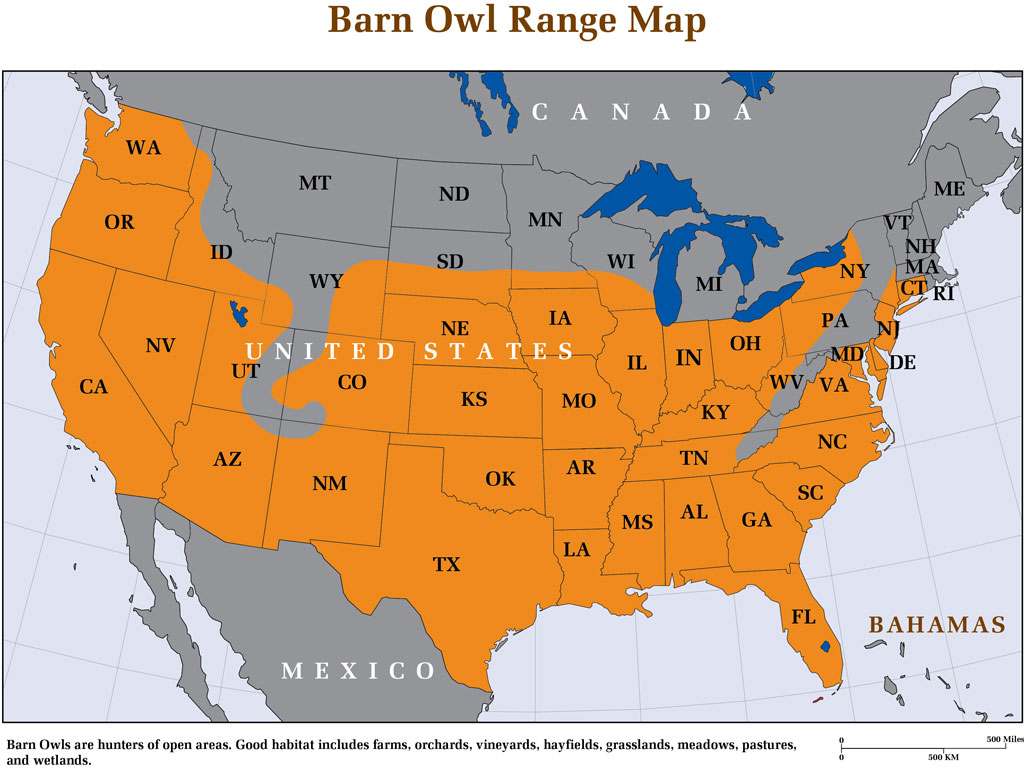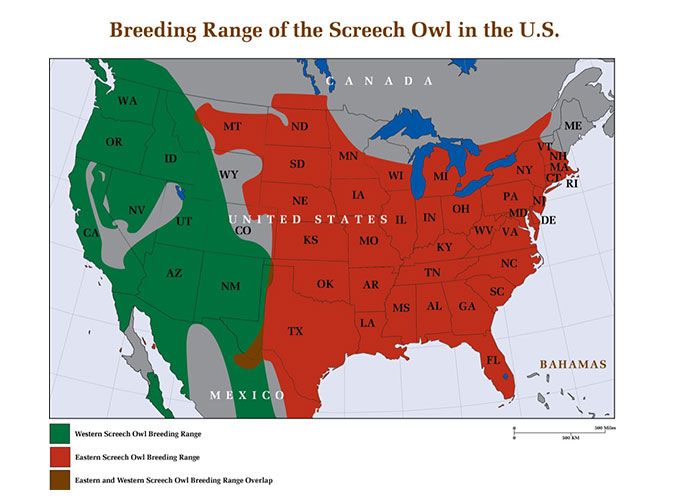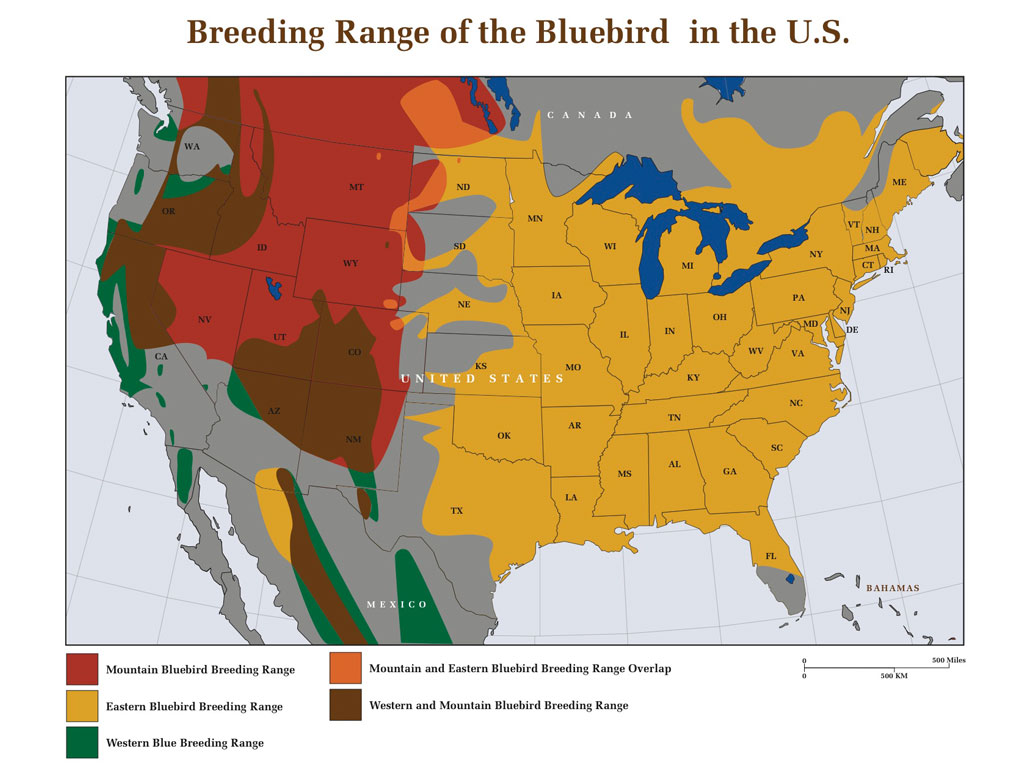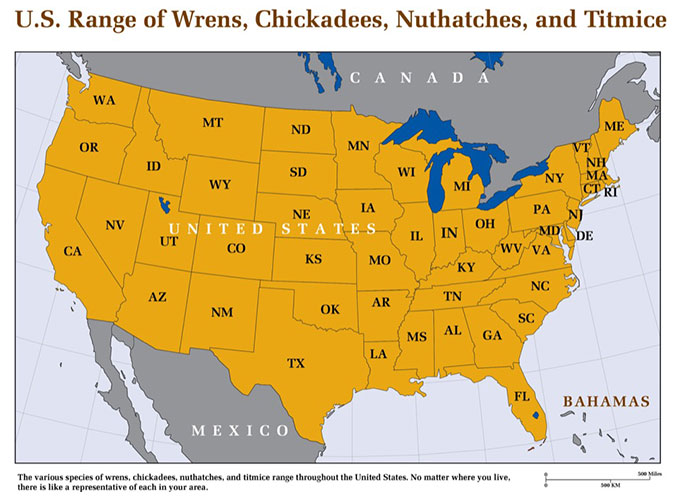Free Shipping to the Contiguous United States
Georgia Barn Owls
Barn Owls in Georgia
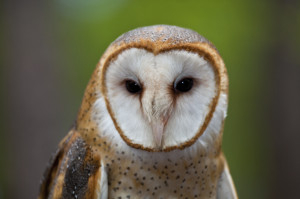 Barn owls live in good numbers in the agricultural regions of the northwestern northeastern, and southwestern agricultural regions, as well as along the marshes and riverine systems of the coast. They number fewer in the mainly forested regions of the coastal plain and the belt of forest that runs diagonally through the center of the state, and are rare to non-existent in the mountains of the northeastern corner. (See the range map below.)
Barn owls live in good numbers in the agricultural regions of the northwestern northeastern, and southwestern agricultural regions, as well as along the marshes and riverine systems of the coast. They number fewer in the mainly forested regions of the coastal plain and the belt of forest that runs diagonally through the center of the state, and are rare to non-existent in the mountains of the northeastern corner. (See the range map below.)
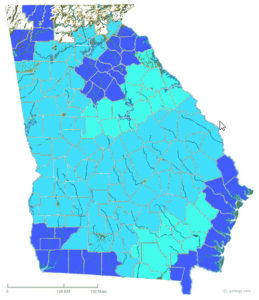
One prey study, conducted in the Piedmont Region (foothills), showed that cotton rats comprised over 60% of prey items, with least shrews and voles coming in second and third. Surprisingly, in a coastal plain site, shrews were the most common prey. It should be expected that along the coast, marsh rice rats are likely the primary prey, and that in many grasslands, the vole is the most prevalent item.
Visits to the coastal region of GA in 2015 and 2016 reveal excellent habitat, but a lack of suitable nesting cavities due to the fact that saw grass marshes support few trees that could supply large enough cavities. Barn owls will often choose to nest in duck blinds, wood duck boxes, and the dead fronds of palm trees when other sites are not available, but these are not as suitable as boxes made specifically for barn owls. They have even been found nesting on the ground in such habitat, but obviously are then very vulnerable to predation.
The numerous corn, cotton, and tobacco farms of the state are poor habitats for barn owls as well as other wildlife, whereas poultry, cattle, hay, pastures, and wetlands provide good to excellent habitat.
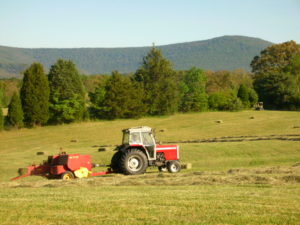
There are no specific conservation efforts for the barn owl in Georgia, however the Bobwhite Quail Initiative (BQI), established in 1999 to bring back large numbers of bobwhite, encourages and advises landowners and farmers on establishing field borders, hedgerows, and grasslands, all of which also benefit barn owl numbers.

